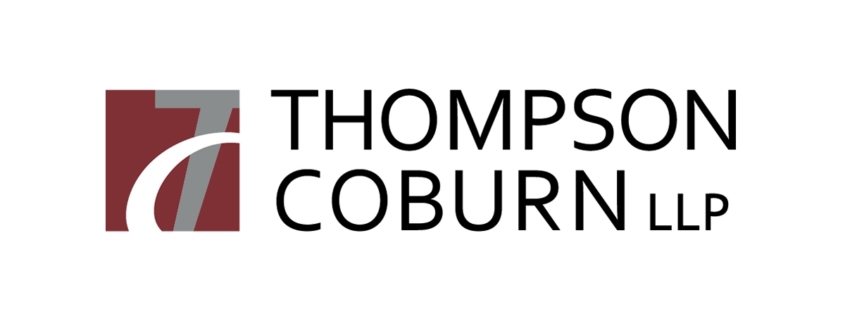Ransomware the final nail in coffin for small US university • The Register
A December attack against a long-standing college in Illinois has pushed the institution to permanently close.
After 157 years, Lincoln College, the rural university with an average of 1100 students, is shutting its doors following years of rapid decline triggered by COVID-19 and compounded by the ransomware attack.
The ransomware assault that hit in December 2021 originated in Iran, college president David Gerlach told the Chicago Tribune. According to Lincoln’s closure letter, the attack hindered access to all institutional data, interrupted admissions and took retention, fundraising and recruitment systems offline.
The College said that no personal identifying information was exposed.
Gerlach told the Tribune that it cost Lincoln an unspecified amount less than $100,000 to restore the systems. “Once fully restored in March 2022, the projections displayed significant enrollment shortfalls, requiring a transformational donation or partnership to sustain Lincoln College beyond the current semester,” the College said.
Attempts to raise funds, sell assets, consolidate jobs and other money-making schemes failed to materialize the $50 million Gerlach said the university would have needed to keep going.
Now, after surviving “the economic crisis of 1887, a major campus fire in 1912, the Spanish flu of 1918, the Great Depression, World War II, the 2008 global financial crisis, and more,” it’s lights out, lost jobs and students left to hunt for new schools.
Lincoln’s shutdown: Avoidable?
Lincoln College has been light with specifics about the attack, which raises a big question: Was the university doing all it could to secure its systems and users?
“The economic burdens initiated by the pandemic required large investments in technology and campus safety measures, as well as a significant drop in enrollment with students choosing to postpone college or take a leave of absence,” the university stated in the…




